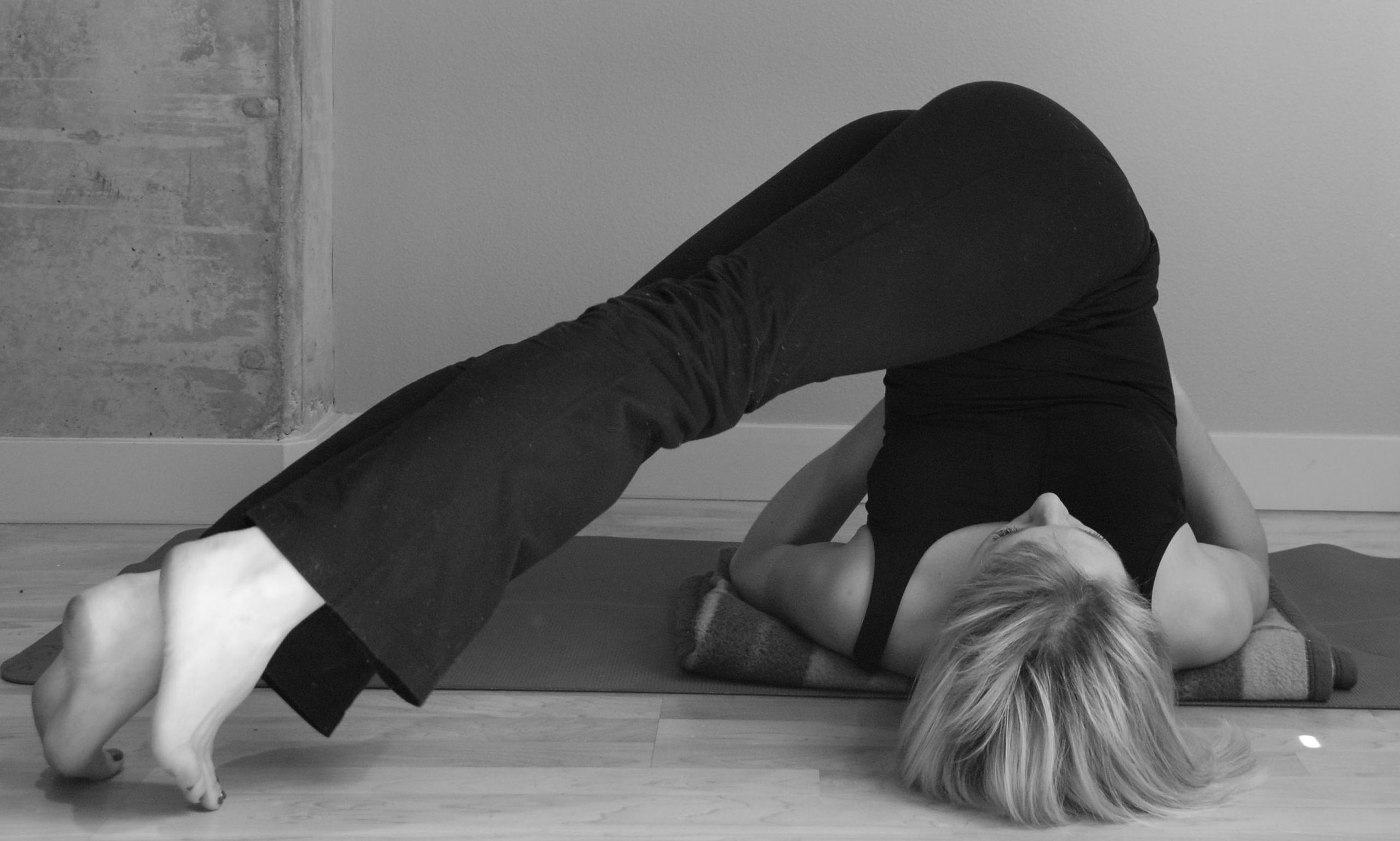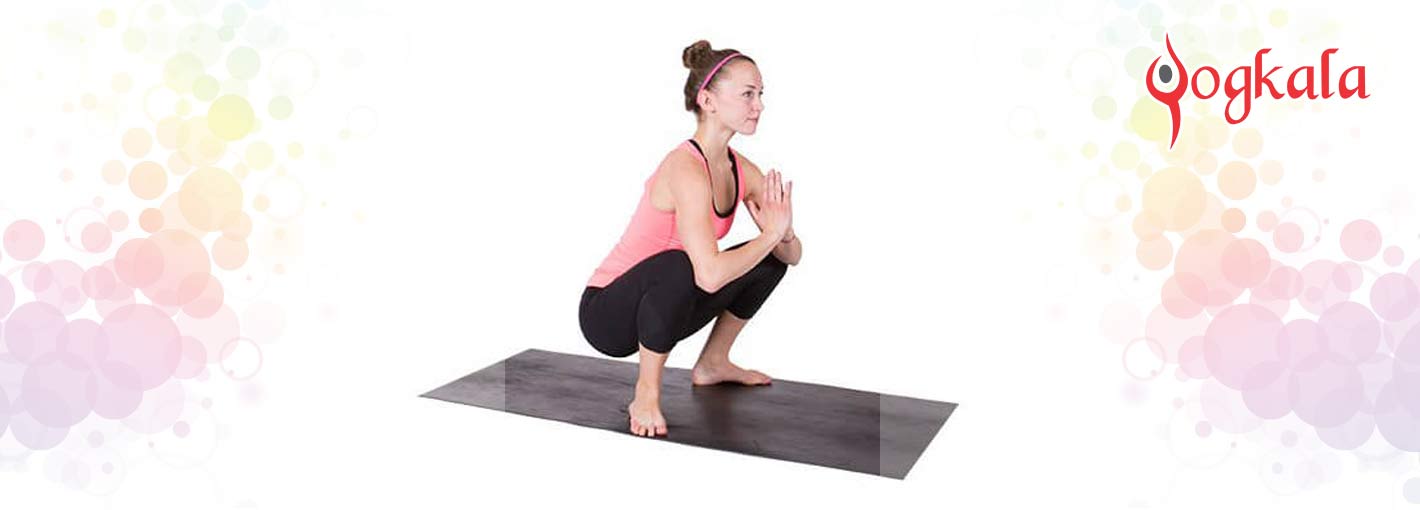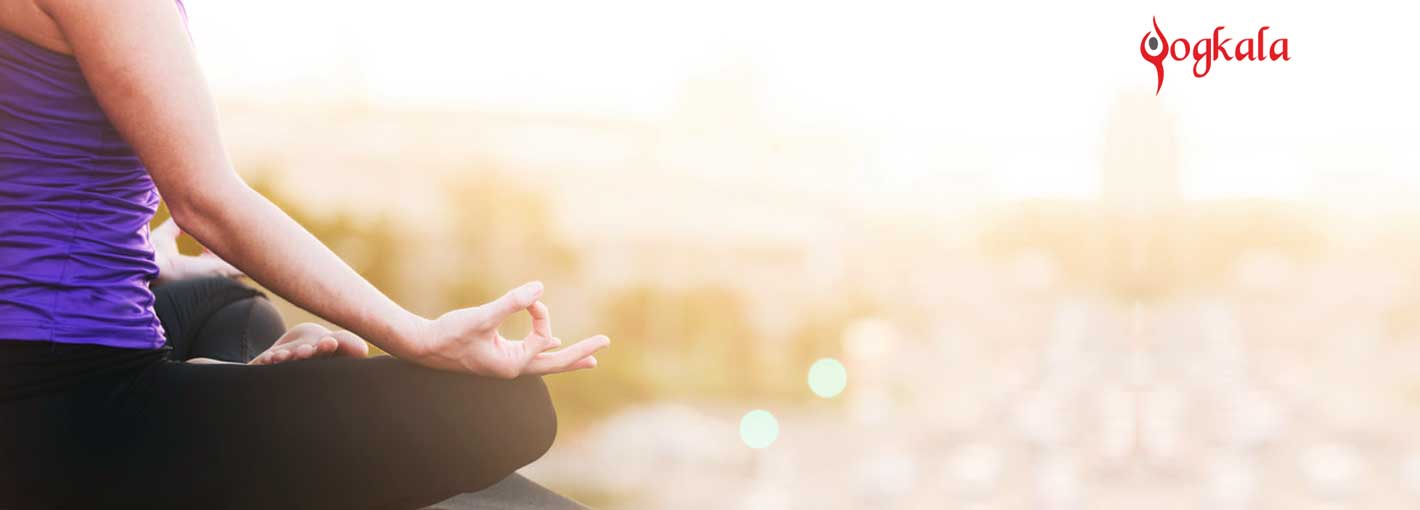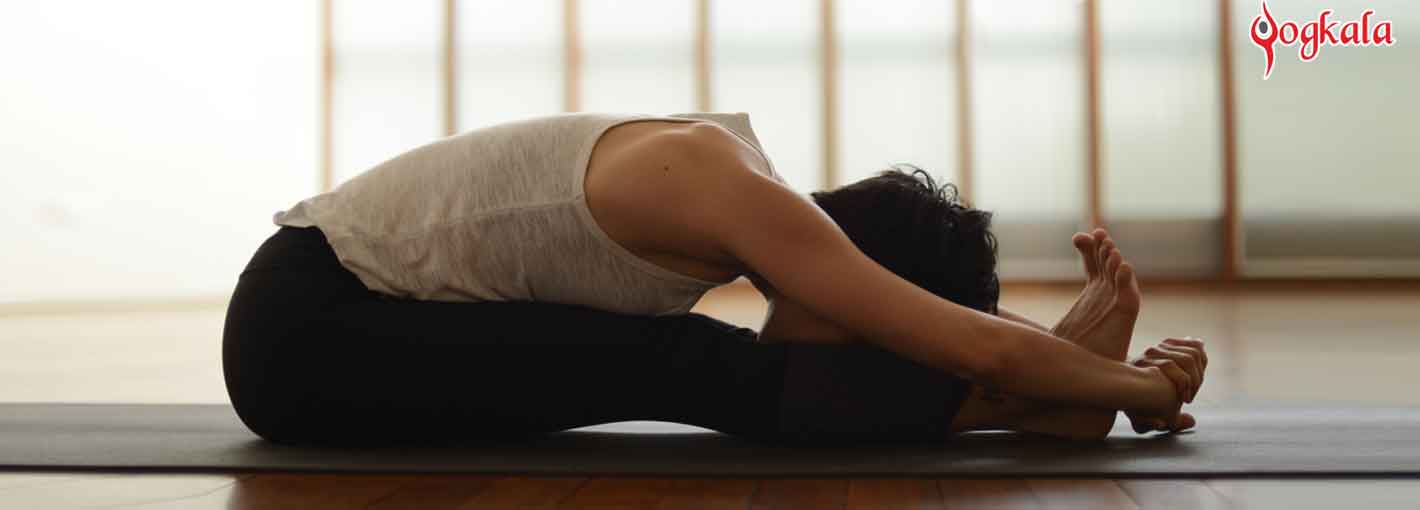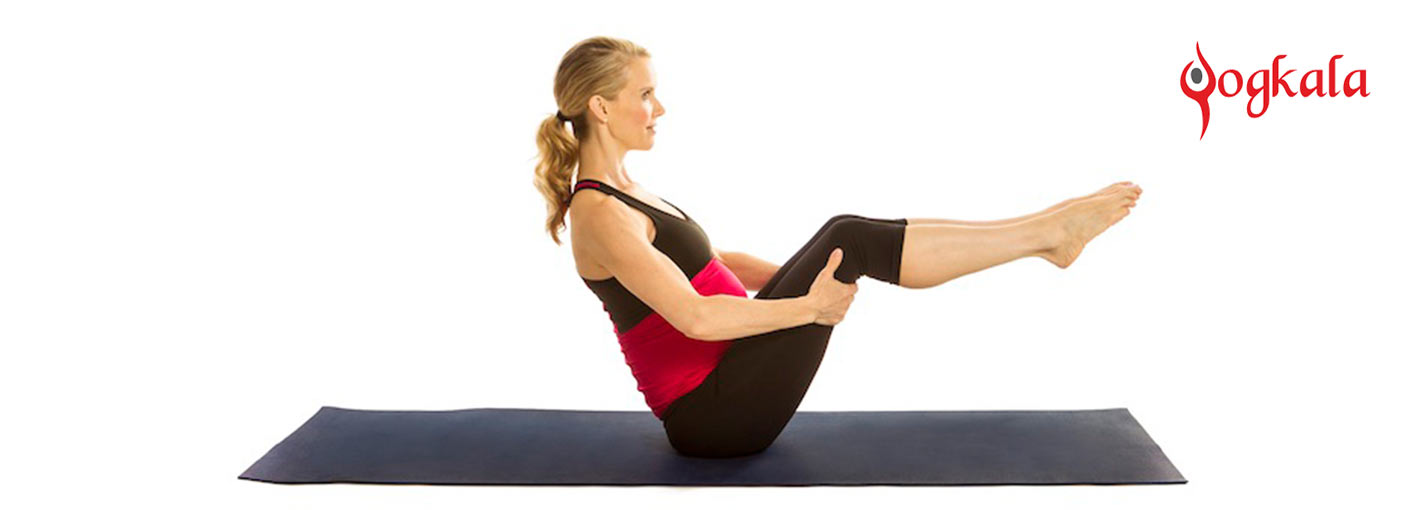Learn How To Practice Halasana- The Plow Pose & Discover Its Benefits
The ultimate aim of yoga is to help the individual to excel in the self-establishment and attain enlightenment.
Yoga is not just a form of exercise, it is a way of living that aims towards a achieving a thriving mind, peaceful soul and healthy body. It allows you to be at peace and gives you a sense of happiness and self-sufficiency with the help of several poses. One of the effective poses of yoga is Halasana or Plow Pose.
Image Source = “artofliving”
Halasana is a Sanskrit word in which Hala means “Plow” and Asana means “Posture” or “Pose”. It is called as Plough Pose as it resembles a wooden plow that is traditionally used in fields to till the soil. This is an excellent yoga pose that promotes a flexible spine.
What You Should Know Before Practicing The Halasana or The Plow Pose?
We all know that yoga is an intense form of activity that keeps our lifestyle smoothly running. It is best to practice the plow pose early in the morning but you can also practice it in the evening. Just make sure that your stomach and bowels are empty. Just maintain a difference of four to six hours between your meals and yoga.
How to Practice Halasana or The Plow Pose?
- To begin this asana, first lie flat on your back.
- Now place your arms beside your body and keep the direction of your palm downwards.
- Breath in and use your abdominal muscles and lift your feet slowly off the ground. Make sure your legs are at 90-degrees angle.
- Support your hips with your hands and lift them off the ground.
- Now focus on the position of your feet. Keep your feet at a 180-degrees angle and make sure that your toes are placed over your head.
- Make sure your back is perpendicular to the ground.
- Hold the position for as long as you can (ideally one minute). Breath-out and gently bring down your legs. Avoid jerking your legs while releasing the pose.
Beginner’s Tip To Perform Halasana Pose
Though you have to follow the above-mentioned steps to perform this asana, but as a beginner, you have to take care of few more things.
As a beginner, you might overstretch your neck while performing this asana. You need to be very careful and also remember that you have to push down the top of your shoulders to support your back and lift your shoulders a little towards your ear. This will give you ensure that your back of the neck and the throat are held gently. Do take care of this and just follow the same method as discussed above and you are good to go.
Precautions And Contraindications
There are a few precautions one must keep in mind prior to practicing this asana or the plow pose:
- Avoid practicing the plow pose if you are suffering from diarrhea, menstrual problems and neck injury.
- And if you are struggling with diseases like high blood pressure and asthma, always support your legs with props while you perform this asana.
- Pregnant women should perform this asana under expert supervision only and it is good to take assistance from a yoga expert and doctor. Also, do not begin practicing when you get pregnant.
- If you are a novice, then you must do this asana under the guidance of an experienced yoga instructor.
The Benefits Of Halasana OR The Plow Pose
There are so many astonishing benefits associated with the Plow Pose. Let’s them find out here:
- Halasana helps in comforting the digestive organs and it also improves the digestion process.
- The plow pose balances the metabolism and helps in weight loss.
- Halasana is extremely good for diabetic patients because it helps in maintaining the blood sugar levels.
- It flexes spinal cord and reduces the strain in the back.
- It helps relieve the symptoms of menopause and stimulates the reproductive system.
- Halasana helps in reducing the stress and fatigue and also helps to relax the brain.
- This asana provides great strength to the spine and shoulders.
- It works well on the thyroid gland and helps in curing severe backaches, infertility, sinusitis, insomnia and headaches.
Advanced Pose Variation
Image Source = “pinimg”
Parsva Halasana is the advanced variation of Halasana. Once you have learned to perform the Halasana with full accuracy, then you can try your hands on Parsva Halasana.
- Start with Halasana and then move your feet towards the left, as far as you can. Only attempt this variation if you feel comfortable.
- Try to keep your pelvis neutral to prevent your hip from falling to the floor and make sure your hips are parallel to the ground.
- Now, you have to hold the pose for about a minute. In the beginning, you can hold as long as you can. Then, as you breath in, bring your feet back to the center. Hold this position for a decent time with few breaths. Breath out and repeat on the right. Come back to the center and release.


